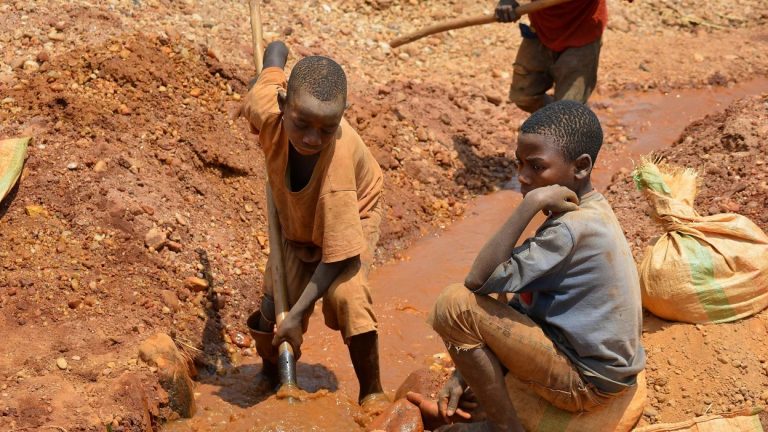
Child labour refers to the act of exploitation of children or the economic and commercial exploitation of a person who is below the age of eighteen through any form of work that deprives the person of his or her childhood development and interferes with his or her education.
It is the employment of children under the age of twelve (in some jurisdictions) or eighteen (in some other jurisdictions) in a manner that restricts or prevents them from basic education and regular childhood formation and development.
Any form of labour that a child is subjected to; be it paid or unpaid, depriving that child of his or her education is child labour and it is a crime.
Register for Tekedia Mini-MBA edition 19 (Feb 9 – May 2, 2026): big discounts for early bird.
Tekedia AI in Business Masterclass opens registrations.
Join Tekedia Capital Syndicate and co-invest in great global startups.
Register for Tekedia AI Lab: From Technical Design to Deployment (next edition begins Jan 24 2026).
Parents who send their children to hawk or engage in a different form of commercial/economic activities for the purpose of making money for the sustenance of the family are engaging their children in child labour. The child is deprived of education and he or she is exploited for economic purposes. Also, employing or engaging a child who is below the age of eighteen as domestic help or as a maid is a form of child labour. This is an example of child labour that is most prevalent in Nigerian society today; especially in the urban society of Nigeria.
Children around the world are subjected to the worst forms of child labour, like slavery, child trafficking, debt bondage, forced labour, commercial sexual exploitation, domestic staff and as well used in armed conflict (infantry soldiers) in war-prone countries, especially in Africa.
Africa is the continent with the highest rate of child labour in the world, followed closely by Asia according to a recent study. It had been estimated that child labour accounted for 32% of the workforce in Africa and 22% of the workforce in Asia.
In Nigeria alone, a study carried out in 2006 has shown that the number of child workers was estimated at about 15 million and over a decade later, we can only assume that this figure has doubled. This is to say that out of the 65 million labour force in Nigeria (according to the world bank 2021 statistics), over 20 million of them are children.
It has been a dispute amongst nations of the world as to the right age to peg child labour. In some jurisdictions around the world, legislation has been made that the minimum age for employment of a person is 12 years, any employment or form of labour engaged with a child below 12 years will be held to be child labour. Therefore, in those jurisdictions, a child (under 12 years) cannot be employed to work in any capacity except in government-approved ventures otherwise it will be a crime but the general accepted world standard is that a person below eighteen is still legally regarded as a child and any form of labour that the person is subjected to for the purpose of economic or commercial exploitation will be held as child labour.


